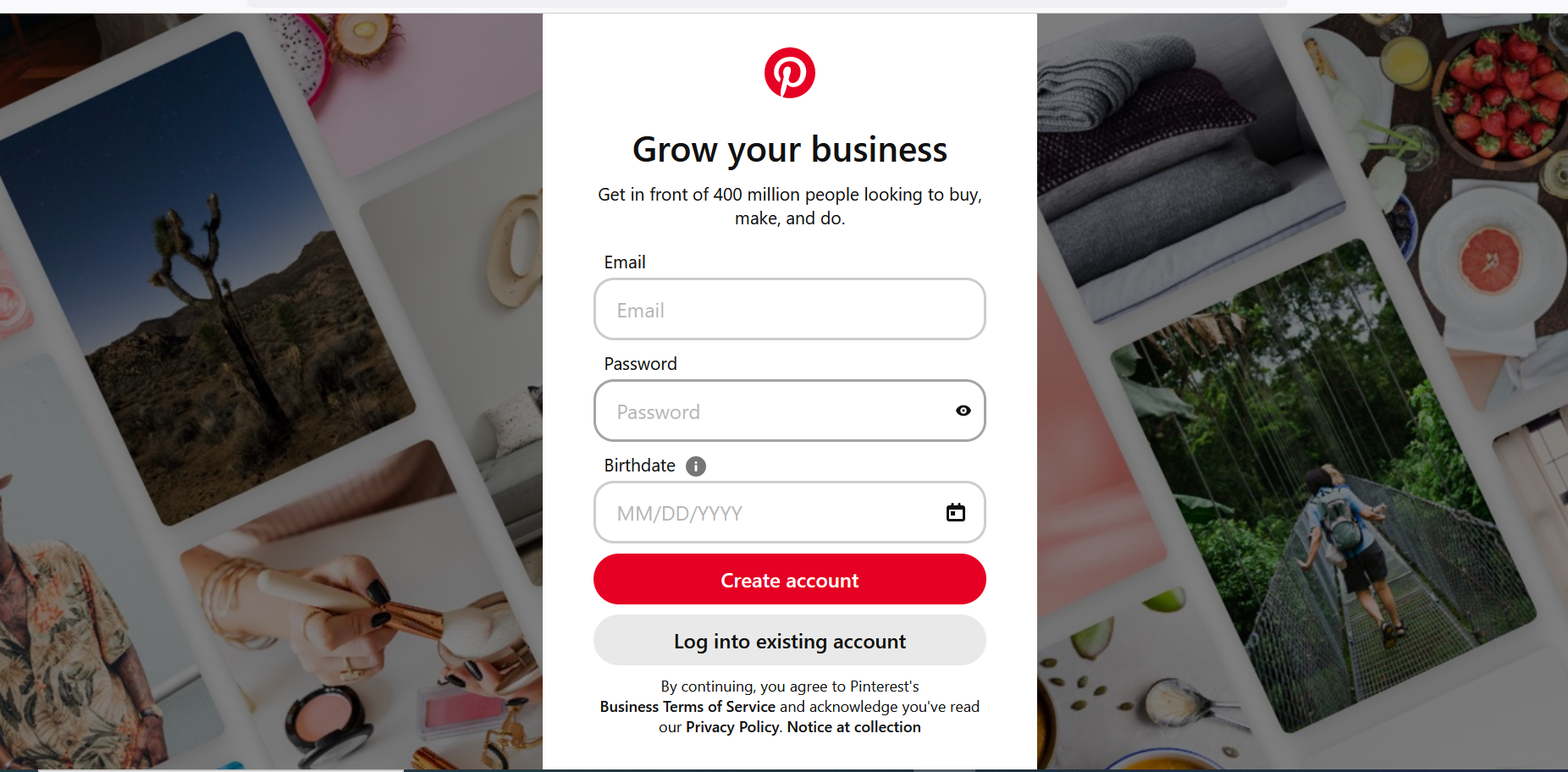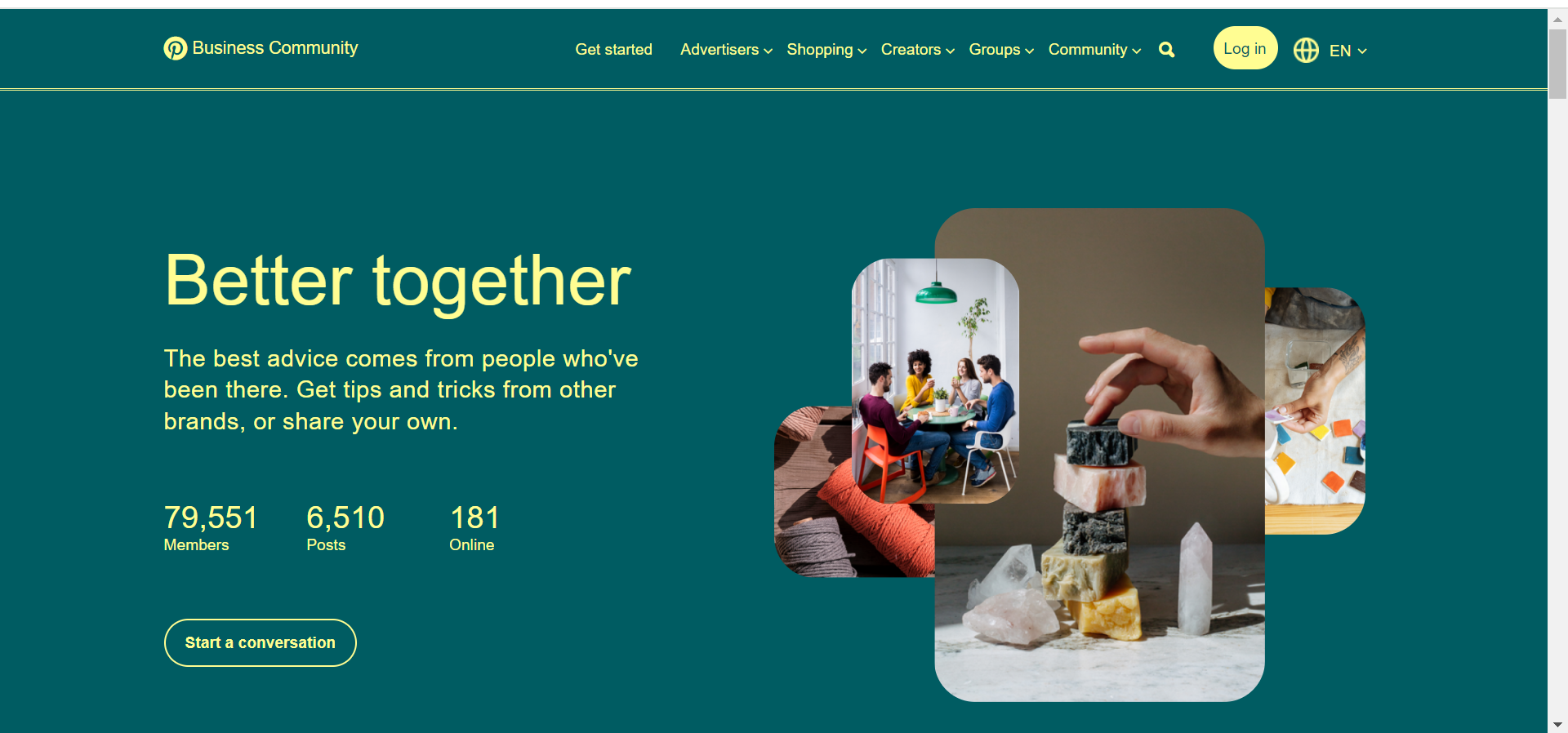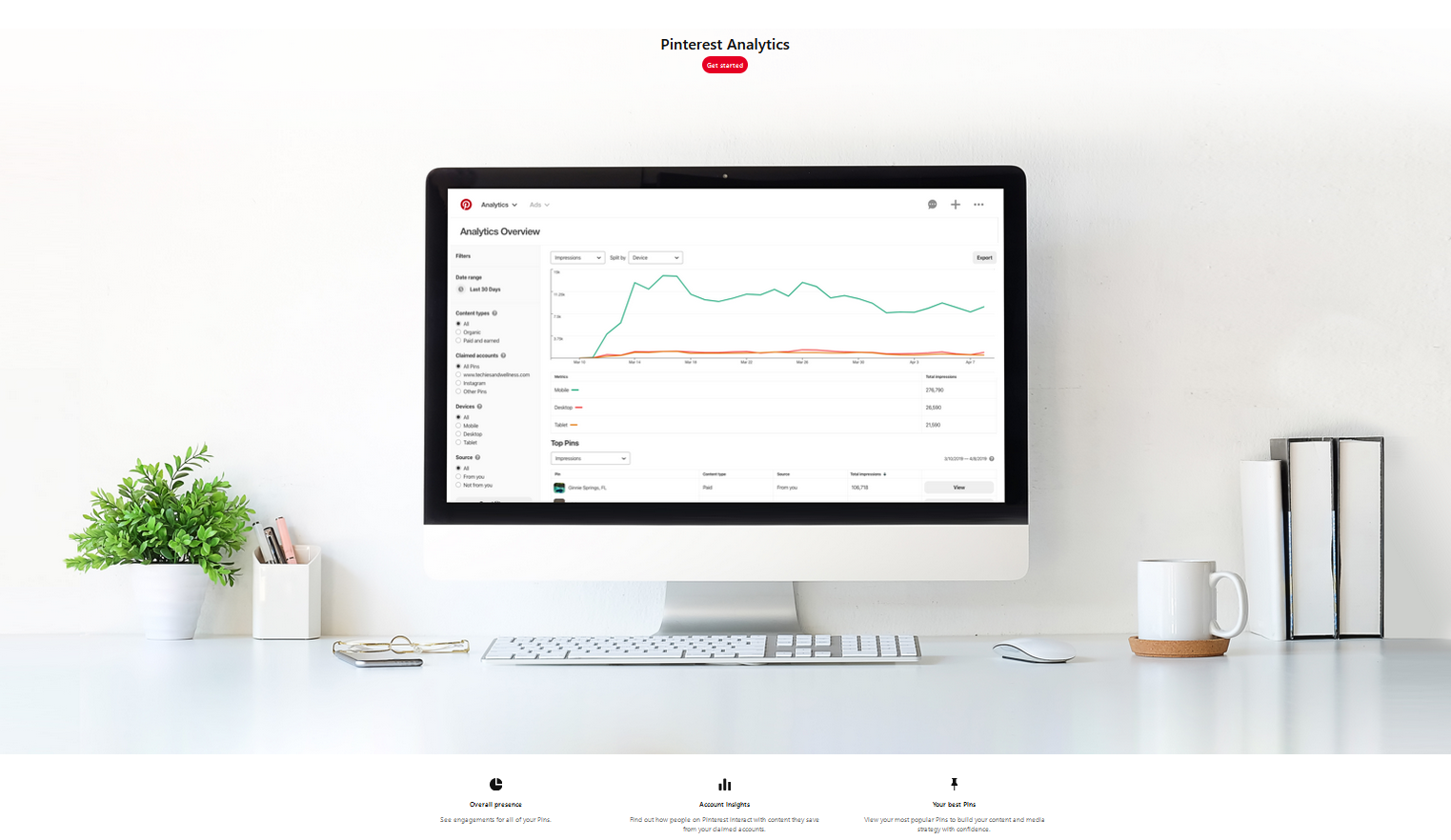Affiliate marketing has emerged as one of the most popular ways to make money online. With the rise of social media platforms, such as Pinterest, individuals now have more opportunities than ever to promote products and earn commissions. While having a website is often seen as a necessary component of affiliate marketing, it is indeed possible to succeed on platforms like Pinterest without one. In this article, we will explore various strategies, tips, and techniques to help you thrive in affiliate marketing on Pinterest without a website.
Table of Contents
Why Choose Pinterest for Affiliate Marketing
Pinterest is a unique social media platform that revolves around visual content. With over 450 million monthly active users, it offers immense potential for affiliate marketers to showcase products and gain exposure to a vast audience. Unlike other platforms, Pinterest allows users to discover, save, and organize content through “pins” on personalized boards. This granular focus on visual content makes Pinterest an ideal platform for affiliate marketing, especially for niches that lend themselves well to visually-driven promotion, such as fashion, home decor, cooking, and fitness.
Understanding the Pinterest Audience
Before diving into the strategies, it’s essential to understand the Pinterest audience. Pinterest predominantly attracts an audience primarily consisting of women, with an estimated 60% of users being female. The platform attracts users looking for inspiration, ideas, and products to incorporate into their daily lives. Therefore, successful affiliate marketing on Pinterest requires catering to this demographic and providing value through useful, visually appealing content.
Creating a Business Account on Pinterest
To start your affiliate marketing journey on Pinterest, you need to create a business account. If you already have a personal account, consider converting it to a business account to access advanced features and analytics. Here is a step-by-step guide to creating a business account on Pinterest:

- Log in to your existing Pinterest account or sign up for a new account.
- Go to pinterest.com/business/create.
- Select your business type and fill in the required information.
- Agree to the terms of service and click “Create account.”
- Verify your website (if you have one) or skip this step if you don’t.
- Customize your profile by adding a profile picture, description, and link to your affiliate links (more on this later).
Optimizing Your Pinterest Profile
Now that you have a business account, it’s crucial to optimize your Pinterest profile to attract and engage potential followers. Here are some essential tips to optimize your Pinterest profile for affiliate marketing success:
Choose a Professional Profile Picture
Select a high-quality, professional-looking profile picture that represents your niche or brand. Make sure it’s eye-catching and instantly recognizable.
Craft a Compelling Bio
Write a concise and compelling bio that clearly communicates what your Pinterest account is about and what users can expect from following you. Incorporate relevant keywords into your bio to enhance discoverability.
Include Relevant Keywords in Your Username, Board Names, and Pins
Keywords play a significant role in Pinterest’s search algorithm. Ensure that your username, board names, and pin descriptions include relevant keywords related to your niche. This will increase the visibility of your content in search results.
Create Boards for Different Product Categories
Organize your affiliate products into different boards based on relevant categories. For example, if you are promoting fashion products, create boards for different clothing types, accessories, and styles. This will make it easier for users to navigate and find specific products.
Write Search-Optimized Board Descriptions
Craft keyword-rich descriptions for each of your boards. Clearly explain what type of content users can find on each board and incorporate relevant keywords to improve discoverability.
Finding and Joining Affiliate Programs

Once your Pinterest account is set up and optimized, it’s time to find and join suitable affiliate programs. Affiliate programs are partnerships between businesses and marketers where the marketers earn a commission for promoting the business’s products or services. Here are some ways to find and join affiliate programs that suit your niche:
Research Affiliate Networks
Affiliate networks act as middlemen between affiliates and businesses, providing a platform where you can find a wide range of affiliate programs. Some popular affiliate networks include Commission Junction, ShareASale, and Amazon Associates. Explore these networks to find programs that align with your niche.
Explore Brands’ Official Websites
Visit the official websites of brands you are interested in promoting and look for their affiliate program details. Many brands have dedicated pages or sections on their websites that provide information on how to become an affiliate.
Utilize Google Search
Use search engines like Google to find affiliate programs specific to your niche. For example, searching “E-commerce affiliate programs” will yield numerous results containing affiliate programs tailored to the E-commerce niche.
Evaluate Commission Rates and Terms
When choosing affiliate programs, consider the commission rates, payment terms, and cookie durations. Aim for programs that offer competitive commission rates and longer cookie durations, as these factors directly impact your potential earnings.
Creating and Curating Engaging Content on Pinterest
Now that you have joined affiliate programs, it’s time to create and curate compelling content that attracts and engages Pinterest users. Here are some effective strategies to create engaging content without a website:
Create Eye-Catching Pins
Pinterest is a highly visual platform, so it’s crucial to create eye-catching pins that stand out. Use high-quality images, bright colors, and clear fonts to make your pins visually appealing. Experiment with different pin sizes and formats to see what resonates best with your audience.
Use Informative Pin Titles and Descriptions
Craft enticing and informative titles and descriptions for your pins. Use relevant keywords, compelling language, and clear calls-to-action to encourage users to click on your pins and engage with the content.
Incorporate Affiliate Links
Affiliate links are the lifeblood of your affiliate marketing efforts. While you can’t add clickable links directly within pin descriptions, you can include them in your profile’s “Website” section, where users can find them by clicking on the link in your profile. Direct users to this section by mentioning it in pin descriptions or by adding a call-to-action in your pins.
Promote Rich Pins
Rich pins provide additional information about a pin directly on the pin itself. There are four types of rich pins: article, product, recipe, and app. For affiliate marketing, product pins are particularly useful. They dynamically display real-time product information, including pricing and availability. Utilize product pins to provide users with accurate and up-to-date information about the products you are promoting.
Curate Content from Other Sources
In addition to creating your own pins, curating content from other sources within your niche can be highly valuable. By sharing high-quality content that your audience finds useful or inspiring, you build trust and establish yourself as a go-to resource in your niche.
Schedule Pins for Consistent Visibility
Consistency is key when it comes to Pinterest marketing. To ensure your pins receive maximum exposure, consider using scheduling tools like Tailwind or Hootsuite. These tools allow you to plan, schedule, and automate your pinning, ensuring a steady stream of content for your audience.
Engaging with the Pinterest Community
To succeed in affiliate marketing on Pinterest, active engagement with the community is essential. Here are some strategies to cultivate engagement and build a strong following:

Follow Relevant Accounts
Find and follow Pinterest accounts within your niche to stay updated on the latest trends, discover new content, and engage with the community. Engaging with others by liking, commenting, and sharing their content can help establish connections and drive traffic back to your own profile.
Join Group Boards
Group boards are collaborative boards where multiple contributors can share their pins. Joining relevant group boards can significantly increase your reach and visibility. Seek out group boards in your niche and request an invitation to become a contributor.
Collaborate with Influencers
Partnering with influencers in your niche can give your affiliate marketing efforts a significant boost. Reach out to influencers and offer collaborations, such as sponsored pins or guest boards, to tap into their existing audience and gain exposure to potential customers.
Respond to Comments and Messages
Regularly monitor and respond to comments and messages you receive on Pinterest. Engaging with your audience demonstrates that you value their feedback and builds a loyal community around your brand.
Tracking Performance and Analyzing Results

Now we are in the final step of our article how to do affiliate marketing on pinterest without a website ? that is the proper use of tracking and analytics in Pintrest
To continuously improve your affiliate marketing efforts on Pinterest, tracking performance and analyzing results is crucial. Here are some ways to evaluate your success and optimize your strategies:
Utilize Pinterest’s Analytics
Pinterest provides built-in analytics that offer valuable insights into your pin performance, audience demographics, and trends. Use these analytics to identify your best-performing pins, understand your audience’s preferences, and refine your content strategy accordingly.
Monitor Affiliate Program Performance
Most affiliate programs provide tracking tools and dashboards where you can view your performance metrics. Keep a close eye on these metrics, such as clicks, conversions, and earnings, to identify top-performing products and optimize your promotional efforts.
A/B Test Different Pins and Strategies
Experimentation is key to improving your performance on Pinterest. Create variations of your pins and test different strategies to understand what resonates best with your audience. A/B testing allows you to compare performance and make data-driven decisions.
Conclusion
Affiliate marketing on Pinterest without a website is undoubtedly possible and can be highly lucrative if approached strategically. By optimizing your Pinterest profile, joining relevant affiliate programs, creating engaging content, actively engaging with the Pinterest community, and tracking your performance, you can build a successful affiliate marketing business on this visually-driven platform. Remember to stay consistent, authentic, and always provide value to your audience. Happy pinning, and may your affiliate marketing journey on Pinterest be fruitful and rewarding!
I think now you all get the answer for your question how to do affiliate marketing on pinterest without a website ?, If you still have any doubts please let me know in the comment box

